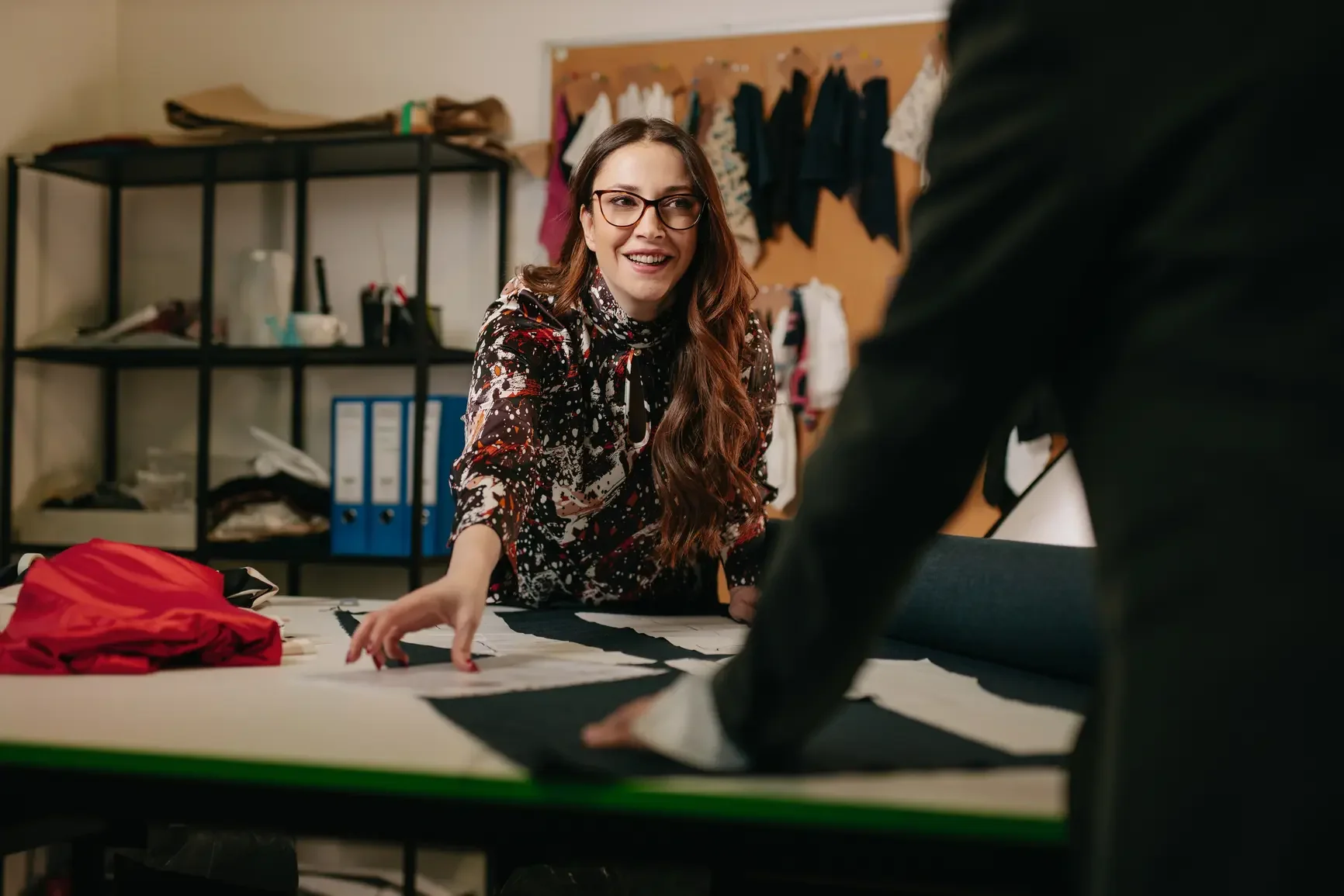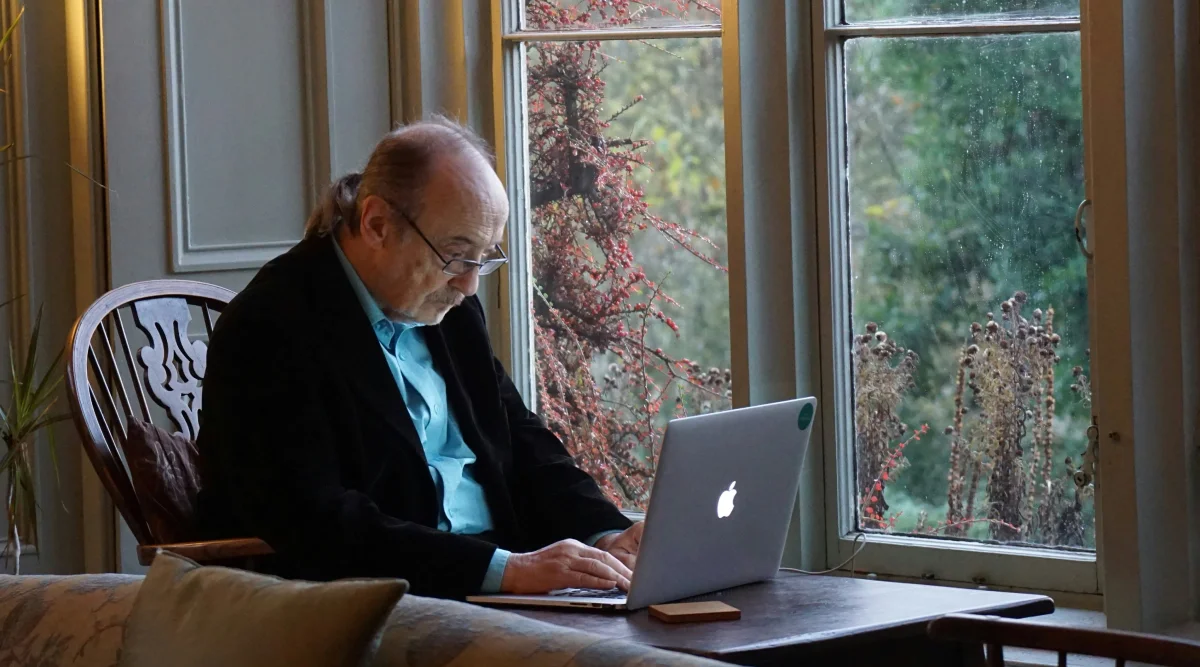Congratulations! You're an inventor. But inventing in your basement and owning a patent for an invention are two different things. If you are ready to take your invention to the next level, here are some basic steps to keep in mind. These six steps will help you approach the if, which and how to file a patent application for you.

Step 1: Choose the right patent
There are three kinds of patents available through the U.S. Patent and Trademark Office (USPTO):
- Utility Patent. By law, inventors can only obtain utility patents on specific kinds of inventions. In general, inventors cannot patent unmodified natural products, abstract ideas, or algorithms unconnected to real-world applications.
- Provisional Patent. Secures a temporary, one-year patent-pending status. The inventor must file a utility patent application before the end of the year to maintain patent pending as of the provisional filing date.
- Design Patent. Design patent applications are only for ornamental design. Design patents cannot protect any functional benefit that the design may confer.
Tip: The USPTO charges fees based on the size of the applicant. Large companies need to pay more.
Step 2: Keep your idea confidential
Patents require absolute novelty, meaning that any public disclosure will compromise any future patent filing. Your disclosure of the invention is just as problematic as another inventor or scientist publishing similar results.
In the United States, an inventor has one year to file a patent application after making a public disclosure. However, some countries give no grace period at all, and other countries give a more limited grace period to file after a public disclosure. Once your patent application is filed, the patent is pending, and you are safe to discuss your invention publicly.
Tip: If you need to talk to someone prior to filing a patent application, do so only after having the other person sign a nondisclosure agreement.
Step 3: Conduct a patent search
Although not required, a patent search can help an inventor identify similar patents and publications to their invention. A patent search can potentially save an inventor thousands of dollars if the search reveals identical or nearly identical documents to their invention. The patent search can also help an inventor modify an invention to differentiate it from other inventions in the same field.
The breadth of a patent is limited by prior inventions and other publications. You are the expert on your invention. Scour your trade journals, conference presentations, catalogs, and other publications. Or use an online resource to conduct a patent search for you, as patent searches can be complex.
If you search by yourself, online database searches are like wringing a sponge; the trick is knowing when to stop. Start with broad keywords that describe the field and then add specific keywords that describe the novel features of your invention. The most important thing in conducting a search is to know what makes your invention novel and to take the time to read each reference vigilantly to see if it has that novel thing.
Online patent search services conduct a search of the USPTO database of existing patents and published patent applications for you based on several different criteria and provide you with a report. The report can help you identify possible conflicts in advance and determine the patentability of your invention.
Tip: A good test of your keywords is to identify a known relevant prior art reference and see if your search logic can find it. Be sure to consider plurals, synonyms, abbreviations, and spelling variations. Save your search strings so that you can repeat them.
Step 4: File a patent application
You can file a patent application on behalf of yourself or your co-inventors. Alternatively, you can hire a registered patent agent or attorney to file your application for you. Patent applications require both legal and technical expertise, and even small mistakes can dramatically compromise the value of the patent. That expertise comes at a cost, and even a simple patent can cost several thousand dollars.
The advantage of doing work yourself is cost savings. The downside is that you lose the benefit of your lawyer’s experience, even in the small steps. For example, if you write a description of the machine that you invented, you may limit that machine to components that you actually used. A lawyer with experience in the field may suggest or research different components that might work. Patent lawyers are skilled in drafting patent claims of broad and narrower scope, which makes it more difficult for competitors to design around the invention.
As a result, you may have a harder time enforcing your patent against competitors because your description did not take the time to expand on your invention. A competitor may find an easy workaround. Patents are filled with tiny details, and getting any one of them wrong may compromise your patent.
You can still do a lot. Provisional applications, for example, lack many of the formalities of utility patent applications. You can draft and file the provisional application yourself using the USPTO’s online web portal or use an online service to create and file a patent application for you. If you file a patent yourself, ask a lawyer to gently review it before you file it. It is less expensive than paying for hours of a lawyer’s time to write the application, but it still gets the benefit of the lawyer’s experience.
Some choose to draft and file their own utility patent application. To do so, you could find a related patent and use it as a template to draft your application. Make your own draft drawings by tracing photographs of your prototype. Include all the relevant references you found in your prior art search. Write your own claims to differentiate your invention from the prior art you found. Even if a lawyer ends up filing your application for you, you will have gone a long way to ensuring your patent application accurately reflects your invention.
What you need to file by patent type
- Utility: New and useful inventions. Typically takes two to three years to get a response from the USPTO and longer for the patent to issue; requires a properly formatted written description that includes any needed drawings, claims, and several other formalities.
- Provisional: New and useful inventions. You have one year from the filing date of a provisional to file a utility application with a complete description of the invention that includes all alternatives and variations, but this type lacks the formalities of a utility application.
- Design: A novel ornamental design. Typically takes 12-18 months from filing to get a response from the USPTO, and longer for the patent to issue; provide examples of the ornamental designs, and file properly formatted drawings.
Tip: If you file your own application, submit it online using the USPTO’s web portal. You will incur additional fees for submitting a paper application.
Step 5: After your patent is filed
Patents are expensive. Once your patent issues, you might wonder how you will get a return on the investment. Are you going to start a company? Talk with potential investors once you have a filing date. Do you want to sell or license the patent to a company? Find a useful contact at the company once your patent is pending. You do not have to wait until the patent is issued. Some investors invest in pending patents, and some companies license pending patents.
Tip: Even if your investor or licensee turns you down, you will get useful information on what your patent is worth and what you need to do next.


